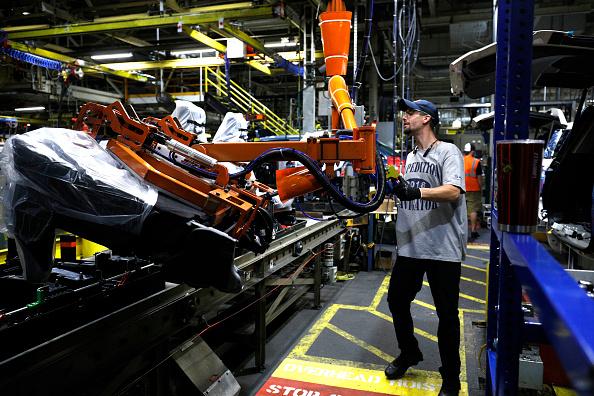U.S. GDP growth has been on a tear recently. Whenever a new number comes out, you may hear macroeconomists referring to “nominal GDP” and “real GDP” and think that the conversation is shrouded in mystery.
Why do these experts believe that the level of GDP we observe is merely nominal, and that something called real GDP exists that one cannot observe directly?

